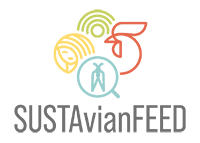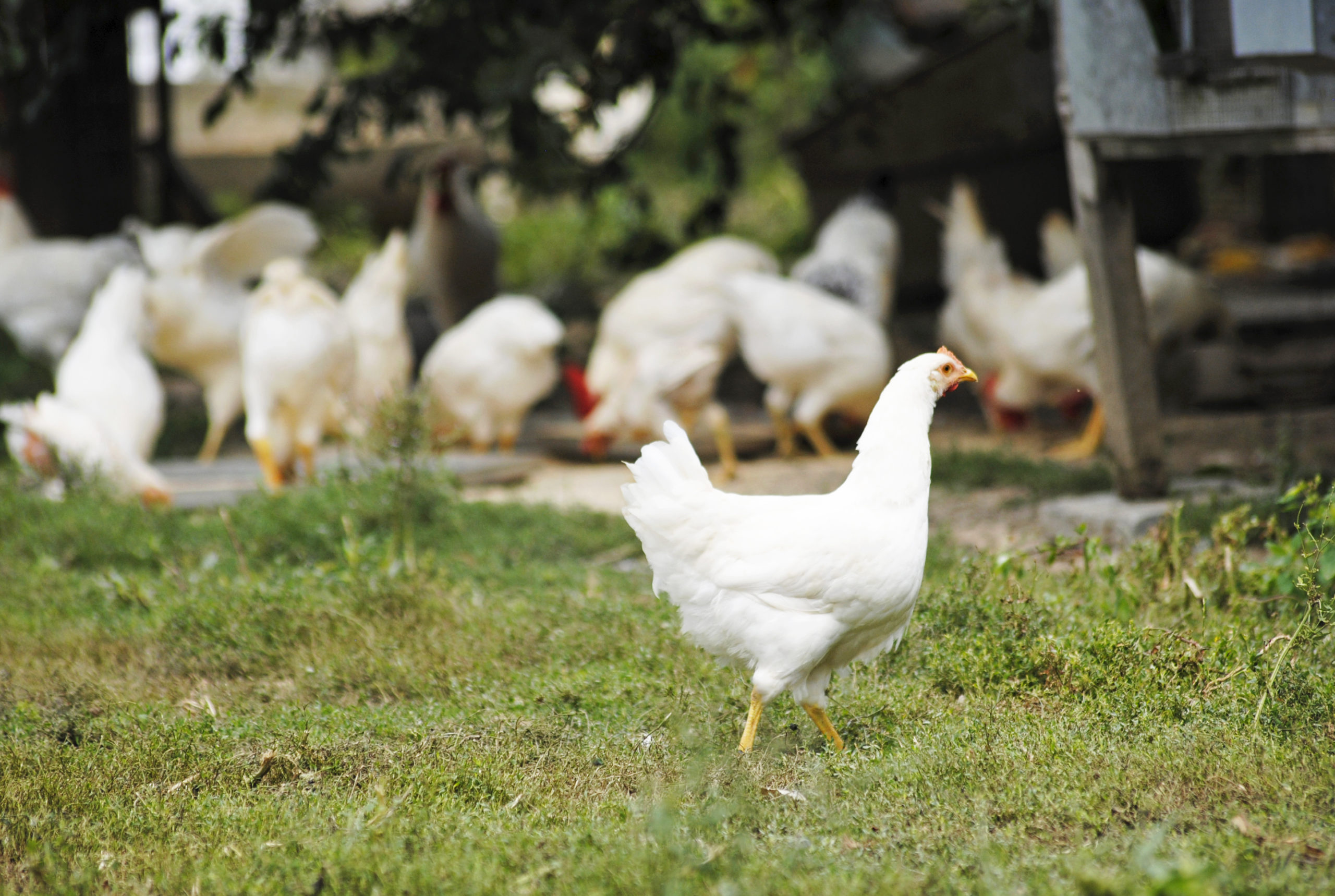The crisis is hitting, in any sector: agri-food, in particular, is suffering from price increases never seen before.
As reported by the data of the Chicago Board of Trade, the international reference point for the future market of agricultural commodities, but trivially also the latest international updates, the quotations of the main elements of the animal diet have skyrocketed to historic highs, with corn recording the largest increase of the decade, while soybeans have reached the peak for almost seven years.
Inevitable, therefore, are the repercussions on the cost of animal feed and the producers’ activities.
There is the risk that the strong increase in raw material prices will create a short circuit, where production costs will clearly exceed the selling prices of meat and derived products. If in the past months feed producers have tried not to pass on the increase in raw material prices to farmers, now, in the face of the consolidated upward trend and the global crisis we are witnessing, this position could become impractical, with inevitable consequences along the entire supply chain.
“The pandemic, between openings and closures, [and now the international geopolitical crisis, ndr] have set the stage for a sudden and strong growth in demand for feed – explains Leo Pallaroni, Secretary General of Assalzoo, to the Italian newspaper Linkiesta – which has created tensions at all levels, not only on the prices of raw materials but also on the cost of transport (freight rates have more than doubled), and on energy costs, with prices now out of control for electricity and even more so for gas: an important cost item for our industry sector.”
So, it’s urgent that new food chains must be environmentally friendly, foster local economies and consider social aspects, and feed production will be the mainstream of this change. In fact, for those who cannot afford the production of the feed themselves (or do not have land to cultivate and use for grazing), the only available food option remains feed. And the domino effect, starting with the increase in the cost of energy, is assured.
The SUSTAvianFEED nutritional formula could be a key for an innovative poultry farming system that not only could be helpful for the environment, but also valorize and promote circular economy and the strengthened of the small-scale producers at social level.
We talked with Piero Gaidano, Italian Poultry nutritionist and Feed mill supervisor at Mangimificio F.lli Borello in Piedmont.
“The pricing problem was around the corner, not new. Sooner or later, we were going to have to deal with it and now how come it is necessary to work to improve consumer awareness about the production costs in poultry farming, in order to increase, in turn, the consumers willing to pay a higher price for poultry products obtained with alternative ingredients and more sustainable farming practices. But let’s be honest: sustainability, while important, is not the solution to current international problems and to the problems of farmers”.
When we consider the sustainability of the poultry diets, it is also necessary to take into account the constant crises to which the feed and supplements market are exposed to. For example, at the moment, the European market suffers from a lack of synthetic amino acids (due to a lower production / export from China), and a lack of mais and sunflower oil (due to the war in Ucrain), which are causing an increase in relative prices.
This is why the main problem of alternative feed ingredients is represented by their costs, which are often too high to make the formulation sustainable, in every aspect.
“Surely, – Gaidano continues – it is necessary to define the concept of sustainability. If we consider the case of Brazilian soy, for example, the proposal of certification systems for soybean crops that take into account reforestation practices is of great interest. This approach can make the use of soy more acceptable in regard to the deforestation alarm, while it does not solve the problem of environmental impact linked to the transport. Of course, you could use products that don’t come from deforestation-prone areas or that come from the European area, but the issue is that the quantities wouldn’t be enough. Any attempt to improve sustainability should necessarily take into consideration the costs and the type of products to be obtained”.
“On one hand, – Gaidano continues – for high quality poultry products (e.g. free-range, organic, ect.), it is possible to select and educate a concrete group of consumers willing to pay a higher price to support the costs of the environmental or ecological sustainability of the product. On the other hand, it should not be forgotten that poultry products worldwide represent less expensive foods of animal origin, being accessible to the population with low economic power. Poultry farms must be supported in the process of the ecological transition towards sustainability, from any perspective. From this point of view, there are new challenges for poultry production such as the removal of the use of antibiotics to combat antibiotic resistance, pursued through the improvement of animal welfare and the use of nutritional strategies aimed at improving gut health, or the use of sustainable insect-based diets. But we have to be realistic: at the moment the benefits, especially economic, are still minimal and especially the quantities of insects are not adequate to the needs. It is important to continue to study and try these new solutions but trying to adapt them to the real context so that they are also feasible on a large scale. Then the real change – in favor of animal welfare and the planet – will begin.”.








Leave a Reply
You must be logged in to post a comment.